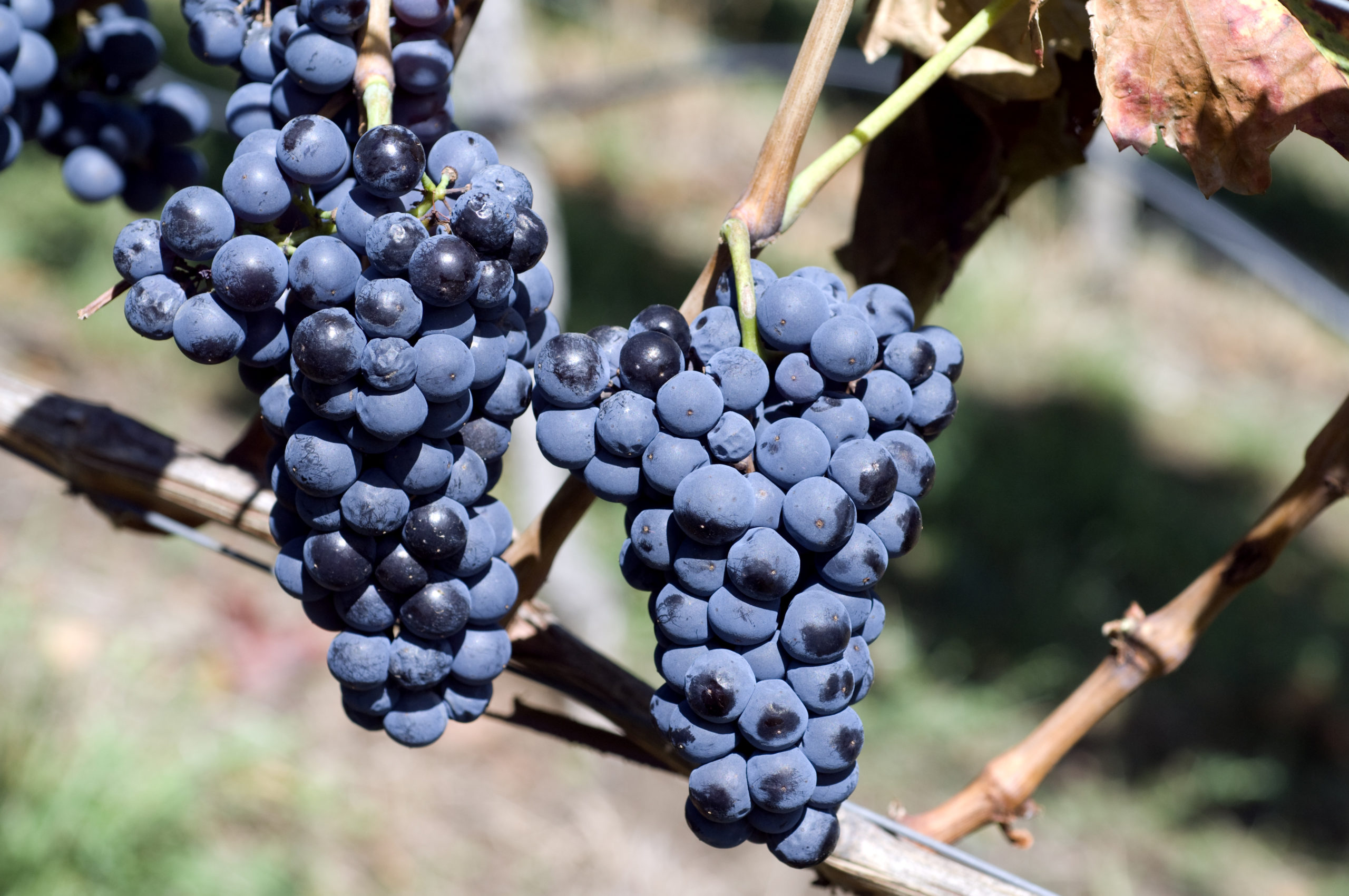Well, we’ve scored another oddity from the wine world that we’re very excited to share with you.
We recently trekked through Washington looking for our usual run of Cabs, Syrahs, Blends, heck, maybe a Merlot or some interesting white wines, but we were fully surprised to see ourselves become privy to some available, and honestly delicious, Lemberger.
History states that Walter Clore (the father of Washington’s wine industry) loved Lemberger, and purchased some from British Columbia in the 1940s for his famous “Wine Project” – an effort to find the perfect varieties suited to Washington’s hot summers and frigid winters, long before the modern Cabernet boom (which has indirectly all but obliterated Lemberger plantings in the state).
Never heard of Lemberger? Maybe you know it by its more commonly found name: Blaufränkisch? Well, unless you’re an Austrian, Hungarian, or German wine nerd, or were drinking wines in and around eastern Washington in the 60s, 70s, and 80s, it’s highly likely you’ve not heard of it under any namesake, and that’s totally fine.
Some would argue that the main reason for the grape’s decline in plantings throughout its de facto New World home of Washington is due in large part to the naming. Having a phonetically similar name to a very well known and stinky German cheese, it’s believed a lack of marketing prowess at the behest of the grapes secondary name, what it’s primarily called in Washington, was to largely blame for an obscure grape’s once promising outlook ultimately turning dim.
Over time, Lemberger plantings, even well known ones, were stripped from the soil in Washington, to be replaced by Syrah (which has a darker blending component that Washington vintners chose over keeping Lemberger), Malbec, and other Bordelaise varieties, largely because of the Cabernet Sauvignon boom in the state.
Disciples of Clore (of which there are many) still believe Washington to show the finest expressions of Lemberger, and as such have stuck by their guns, keeping the last 50 acres or so acres of plantings alive and in wine production.
And this is where our intersection of all things on our hunt came together. World-renowned expression of a grape? Check. Varietally correct in the winemakers’ hands? Check. Over productive vintage resulting in juice surplus? Check. Incredible price due to lack of market presence and consumer knowledge? Check. So, yeah, great juice, great price, and a bit off the beaten path, sounds perfect to us!
But what to expect from a Lemberger? Well, again, if you know and have had Blaufränkisch, same sort of deal, just a more New World profile (fruit first, then terroir) – it’s the exact same grape. Haven’t had any before? No problem. You’ll want to expect a Lemberger to be intensely colored, medium-bodied, and brooding with black fruit flavors alongside a touch of peppery spice. It’s a hearty red grape that does well in extreme weather environments (very hot to freezing temperature swings), hence it’s home in Austria and parts of Germany.
Now on to the nitty gritty: why would we, in our right minds, decide to label this wine as a “Lemberger” as opposed to the more marketable and globally recognized “Blaufränkisch” namesake? It’s completely legal to call it either name in the US, so it’s definitely not due to restrictions. We’d have a whole hell of a lot easier time moving it if it was called Blaufränkisch, but where’s the history or fun in that? Out of respect to Clore’s “Wine Project” movement, and the initial boom of Lemberger plantings between the 40s and 70s in Washington, it’s only right to go with the namesake he sought to use and bring acclaim to the grape. There would be no Lemberger or Blaufränkisch to argue over what is the better name, what is more marketable, what plantings need to be protected for heritage purposes, or anything to speak of really if not for Clore and his belief Lemberger was the perfect grape for the Washington climate.
Now, 80 some odd years later, it’s safe to say Lemberger didn’t fully live up to its promise of taking Washington (or the US) by storm. That’s not to say it’s bad, or unworthy of attention, or right to be ripped out in favor of other more “marketable” grapes. Lemberger stands in the annals of European wine history just as much as Pinot Noir, Cabernet, Cinsault, or Malbec do, just under it’s better-known name. It’s beautiful juice, and in the best expressions, ageworthy for up to 10 years. And, lets not forget, it took Washington state by storm for close to 4 decades, filled with expansion, and championed by the father of wine within the state. So we’re very proud to bring you our off the beaten path find, Yakima Valley Lemberger, very soon. Keep an eye on your inboxes….
Cheers!

